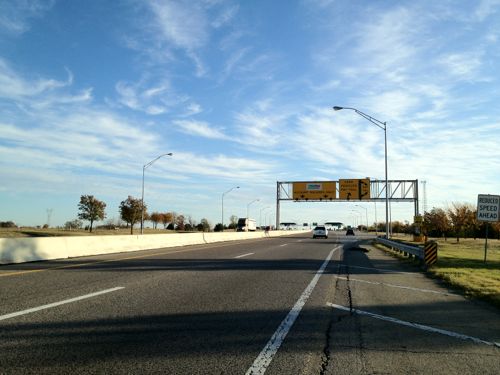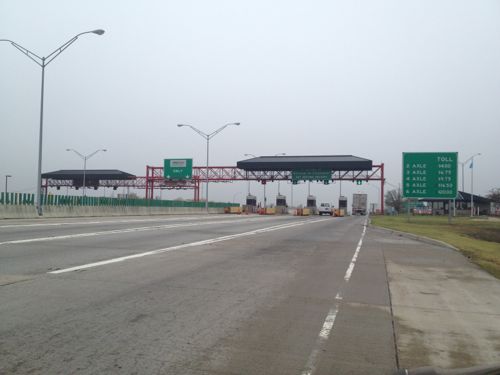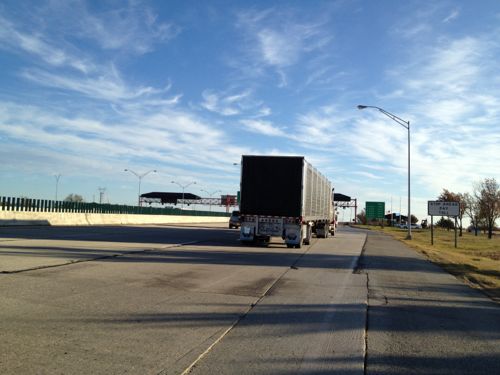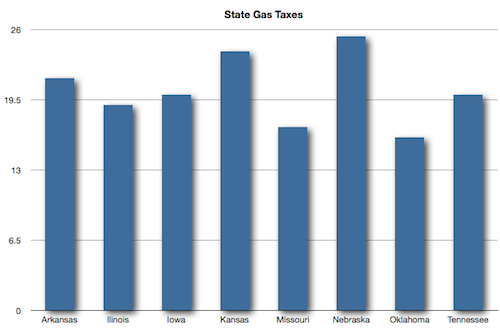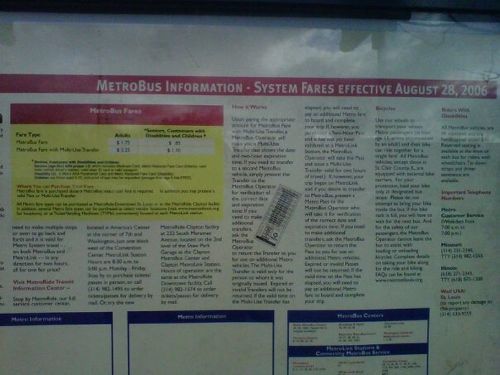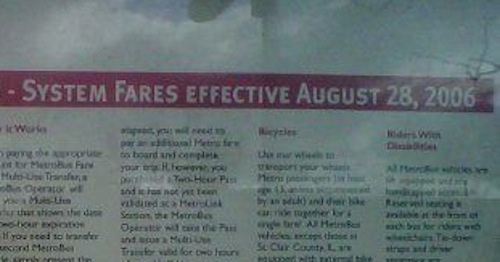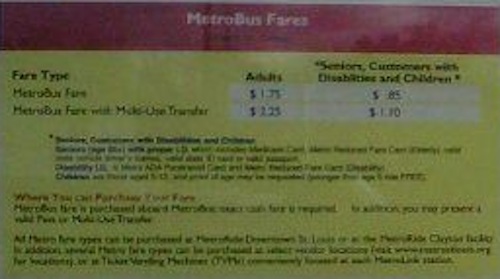MetroBus & MetroLink: Separate And Unequal
Winter weather is here but not to worry, Metro will keep you warm.
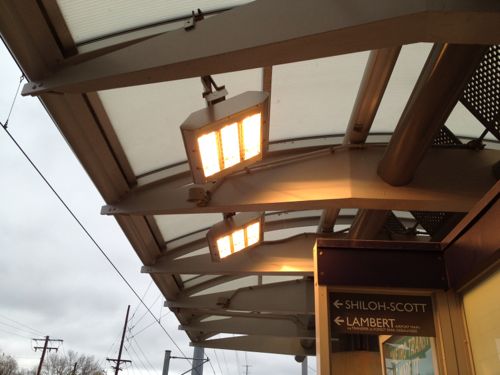
Unless you are like most transit riders and you take MetroBus. I’ve not inspected all the MetroBus Transit Centers but I know the Civic Center Transit Center doesn’t have any heaters, yet all MetroLink platforms do!
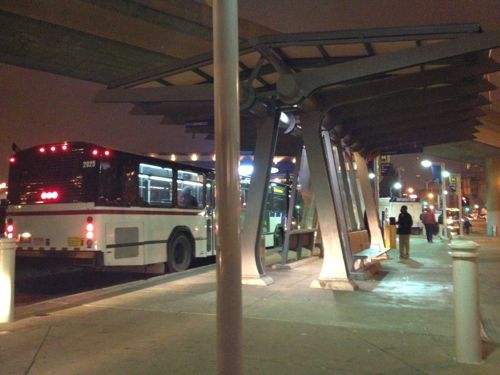
A Metro blog post in October titled It’s Getting Cold Outside: Platform Heaters Now on All Outdoor MetroLink Stations explains the heaters:
Is it us, or is it getting colder outside? Not too cold for baseball fans though! All outdoor MetroLink Stations are now fitted with platform heaters, but it’s important to remember that in order to conserve energy, the heaters operate under the following conditions:
-  Only during regular scheduled service (4:30 a.m. – 12:30 a.m.)
- Only if the temperature is 45 degrees Fahrenheit or below.
- Only for 15 minutes each time the button is pushed.
All platform heaters now have decals on them with information about how and when they can be turned on.
Uh, it’s cold at MetroBus Centers as well. Metro treats rail and bus riders differently and in the winter this is painfully obvious…oh the pain is frostbite. Â Most exterior MetroLink platforms are in a depressed rail right-of-way somewhat naturally sheltered from the cold wind, but most MetroBus Transit Centers are at grade and fully exposed to cold winds.
This inequity is new too:
Metro’s partners in Illinois at the St. Clair County Transit District determined that MetroLink passengers need to stay toasty while waiting for MetroLink. In 2009, Metro finished installing platform heaters at all Illinois MetroLink stations, thanks to funding from St. Clair County Transit District. These heaters are passenger-controlled, ceiling-mounted heaters that Metro installed along with a wind shelter on the MetroLink platforms. They run on a timer, so they turn off after 15 minutes, to save energy. The heaters are also set so that they don’t come on at all if the temperature is above fifty degrees. This initiative was so popular, Metro decided to extend it to Missouri stations as well.
Beginning in February 2010, Metro began turning on new platform heaters at several Missouri MetroLink stations, including: North Hanley, Delmar Loop, Clayton, Shrewsbury, Civic Center, and Central West End. All other Missouri MetroLink stations are slated to get heaters, excluding the underground stations (such as the 8th & Pine station downtown – passengers are already sheltered and those stations don’t get as cold), and the two airport stations.
The project necessarily includes an evaluation of the power needed at each station, and in some cases updating equipment to move extra power into the station. The stations chosen for the first round of installation in Missouri are some of the busiest stations, but also the easiest to upgrade. The Grand Station heaters will be placed as a part of the station redesign in 2011, in conjunction with the construction of a new transit plaza underneath the new Grand Avenue bridge that the City of St. Louis will build.
Metro is working to complete all remaining stations -with the exception of the tunnel stations, two airport stations, and Grand – by the end of 2010. (source)
I don’t even know the total number of MetroBus Transit Centers, they aren’t listed online — at least not that I can find. Metro needs to put a plan in place to rectify this inequality.
– Steve Patterson
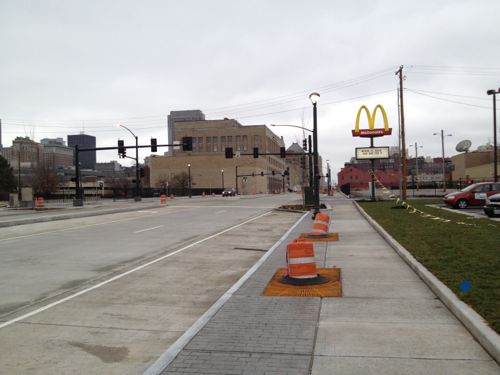
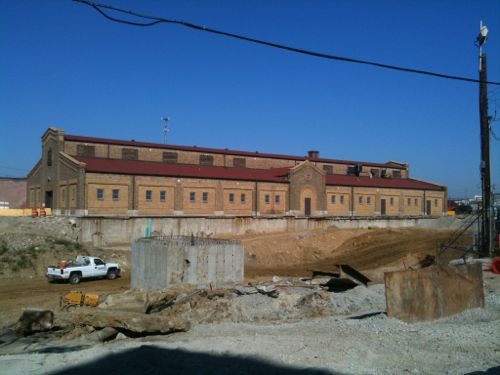
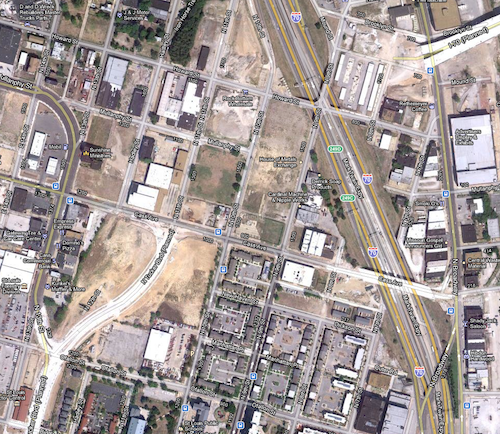
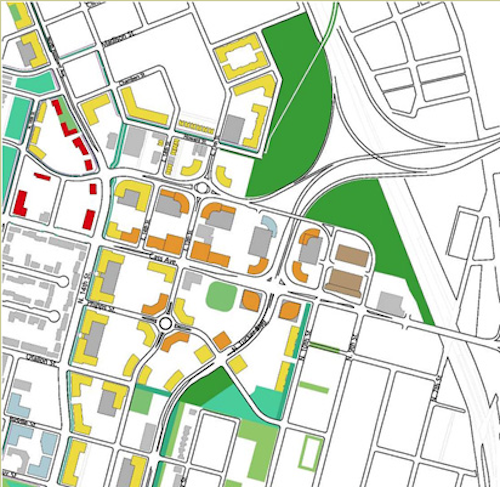
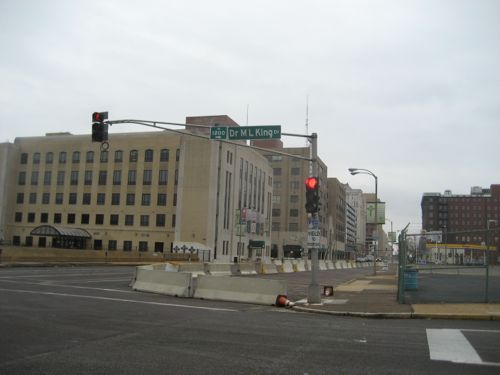
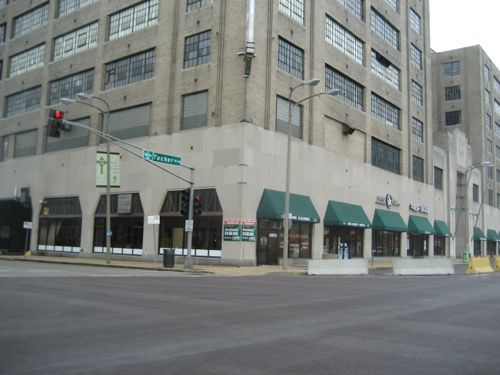
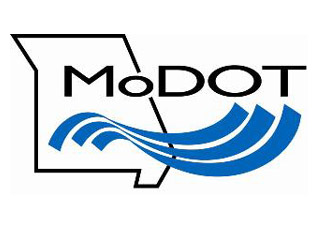 In the poll last week readers supported having drivers pay tolls on I-70:
In the poll last week readers supported having drivers pay tolls on I-70: